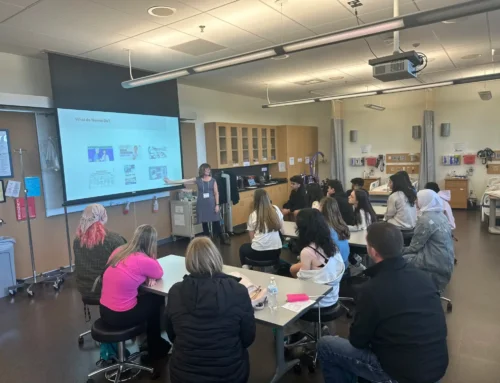A while back I discovered that the benefits of extracurricular activities for students are well understood (Ed Talks, Oct 10, 2017). Lately, I am thinking about extracurricular activities through a racial equity lens. Do our schools provide equitable access to extracurricular activities for all students? Do all students take advantage of extracurricular activities?
I took a “look” at the landscape of extracurricular activities across the NWESD region. As I went through published photos of extracurricular clubs, teams, and events I wondered if the ratio of students in these photos matched the ratio of white students to students of color in the student body. Photos from our schools show a preponderance of white faces, from sports to academic clubs to extracurricular performance groups. Even in some districts where the demographics reported significant numbers of students of color, participation in activities appeared to be largely white students.
Research supports the fact that Latino students participate in extracurricular activities at lower rates than their Caucasian peers who are white. Findings from a recent study attribute this to cultural barriers, school climates where they feel excluded and ignored, experiences which feel like “classrooms,” and a lack of activities which meet their needs and/or interests.
In order to improve access to extracurricular activities for our students of color, we can start by removing barriers:
- Be sure that economics is not a barrier. Some of our districts have already instituted “no pay for sports” policies. Some Parent/Teacher Organizations provide the “stuff” that makes the activities happen.
- Schedule after-activity transportation to get students home.
- Strengthen students’ sense of belonging in their classrooms. If they feel like they belong during the school day, they will be more inclined to show interest in spending extracurricular time at school.
- ASK students what kind of activities appeal to them. And then change offerings to meet those expectations.
For further reading see A Sense of (Non) Belonging: How School Factors Affect the Participation of Latino Students in Extracurricular Activities at a Predominately White Suburban High School
For more information about extracurricular student activities from NWESD visit Extracurricular Student Programs at NWESD
-Ed




